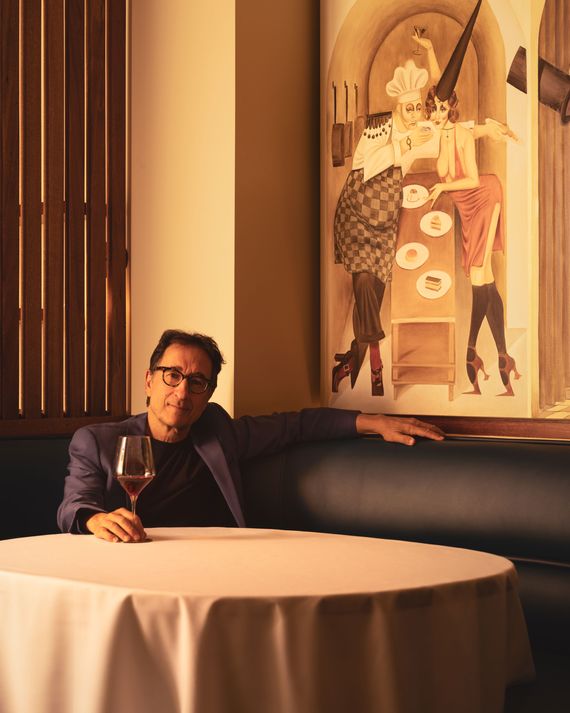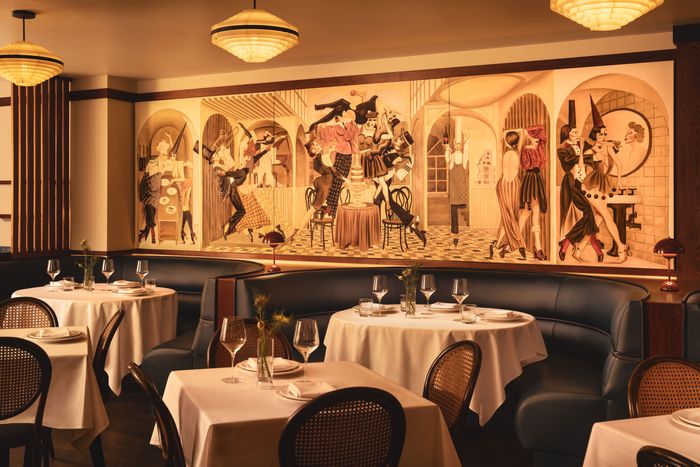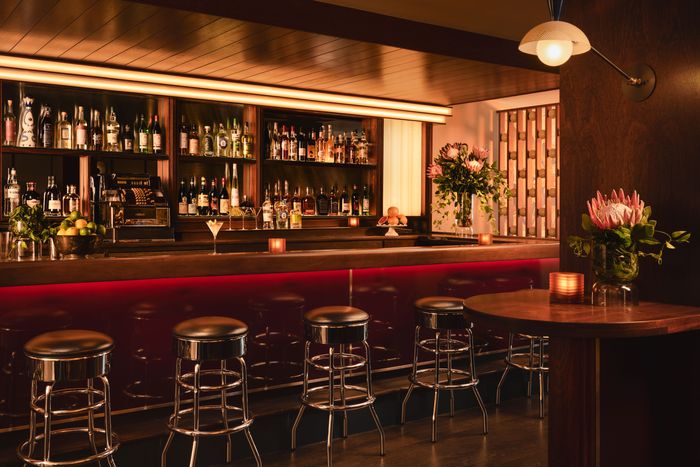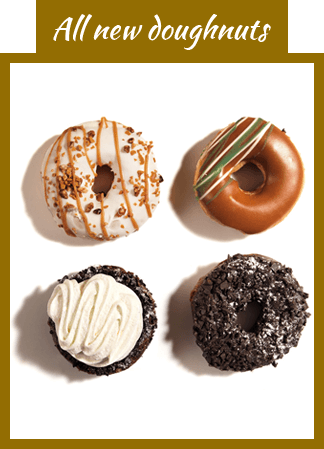
Michael Cecchi-Azzolina has worked in New York restaurants for decades. Cecchi’s is his first solo project. Photo: Joe Kramm
Michael Cecchi-Azzolina won’t be mad if people have sex in the bathroom of his new restaurant. To be clear, he’s not promoting the idea, and he’ll kick out anybody that’s caught in the act, but in principle, the idea is fine. If the food and cocktails and lighting and slightly risqué art on the walls have set the appropriate mood? “I won,” Cecchi-Azzolina says.
When it opens next week, Cecchi’s — as it’s called — will fill the hole left on West 13th Street when Café Loup closed for good, and Cecchi-Azzolina wants his restaurant to offer the same spirit of easy luxury. It shouldn’t be complicated. He wants it to be an “American bistro,” even though he admits he’s never loved that phrase: “You have a French word, you have an American word — what is it?” His mantra is that Cecchi’s serves “grilled steaks, chops, and seafood.” There will be a fries-and-martini “New York Happy Meal” special, bartenders will converse with patrons while mixing drinks that don’t involve a dozen ingredients, a burger he’s really proud of, and “anything fresh from Montauk” that Cecchi-Azzolina will get from his fishermen friends on Long Island. Most important is that it all feels just right. Everything has to be perfect, but it also has to be loose and fun.
Café Loup was one of the great IYKYK places, another of the spots that forced New Yorkers downtown in the ’80s. Some of these places are still around, like Raoul’s, where Cecchi-Azzolina started working in 1992 when he was “back and forth” between the restaurant and acting gigs. He says the look was a big inspiration for Cecchi’s, where, as soon as customers walk in, they’ll see a mural by the artist Jean-Pierre Villafañe, a scene of scantily clad figures that calls to mind the red-light district of Paris or the nightclubs of Weimar Berlin. It sits just above a green banque. At the center of it all is the old Café Loup cash register. Cecchi-Azzolina worked with Studio Becky Carter to get everything right — the wooden bar that somehow evokes both the 1920s and the 1980s, for example — and nothing was more important than the lighting. All around the restaurant are hanging lamps that add a modernist touch to the room, most coming from the former Czech Republic, made in the 1970s. Sconces are from a local NYC lighting designer, Blueprint Lighting, and L’Observatoire was responsible for the architectural lighting. “I was thinking about Deco-era fashion details and Bauhaus geometry,” Carter says. “It was also important to me to create a warmth and softness by washing the walls and columns with indirect light.”
The dining room. Photo: Joe Kramm
Making sure customers have a great experience is an obsession for Cecchi-Azzolina. In addition to his time at Raoul’s, he was also the guy you wanted to know for a reservation at Le Coucou or the River Café at various times, and he’s trying to recapture a bygone level of hospitality: “You can’t find a maître d’ anymore,” he says. “I was talking with someone and they said they started in the business as a maître d’ — that’s how fucked up it has become. That was your first restaurant job?”
The city is awash in faux-retro revivalism right now, restaurants that conjure the invented elegance of some imagined past, but Cecchi-Azzolina points to specific reference points he wants to hit: the Stork Club, Mortimer’s, and Elaine’s, where it was almost impossible to get a seat for nearly 50 years even if, as Cecchi-Azzolina points out, “the food was never that great.”
Cecchi-Azzolina doesn’t plan to take that chance at the restaurant that bears his name. The menu is “a little more elevated than I expected,” he says, but notes that it’s still “New York soul food.” There are nods to classics — a new take on béarnaise-enriched sautéed “mushrooms à la Daum” that was famous at the 21 Club, chicken à la King made with Champagne sauce and a lid of puff pastry — and a new take on the French dip, a pot-roast sandwich.
Cecchi-Azzolina has spent his life in the city’s restaurants, and he wants Cecchi’s to honor that legacy (“but with better food”). He’s trying to build a haunt, a place that anyone can go because it’s there and it’s always great, and everyone inside is looking their best. “There’s gotta be a sense of people coming in here getting a little dressed up,” he says. “Like, ‘Let’s relax and have a casual night, but let’s look good.’”
The remodeled bar, where plenty of martinis are about to be ordered. Photo: Joe Kramm
This post has been updated to clarify the different lighting designs.













